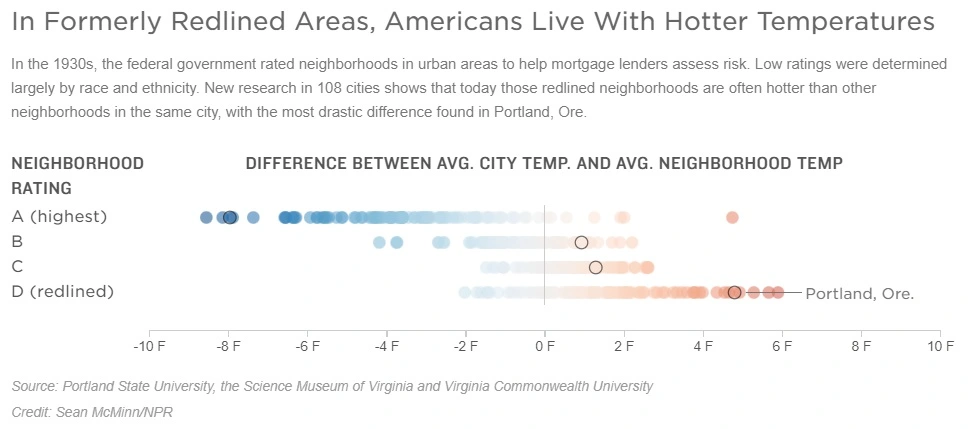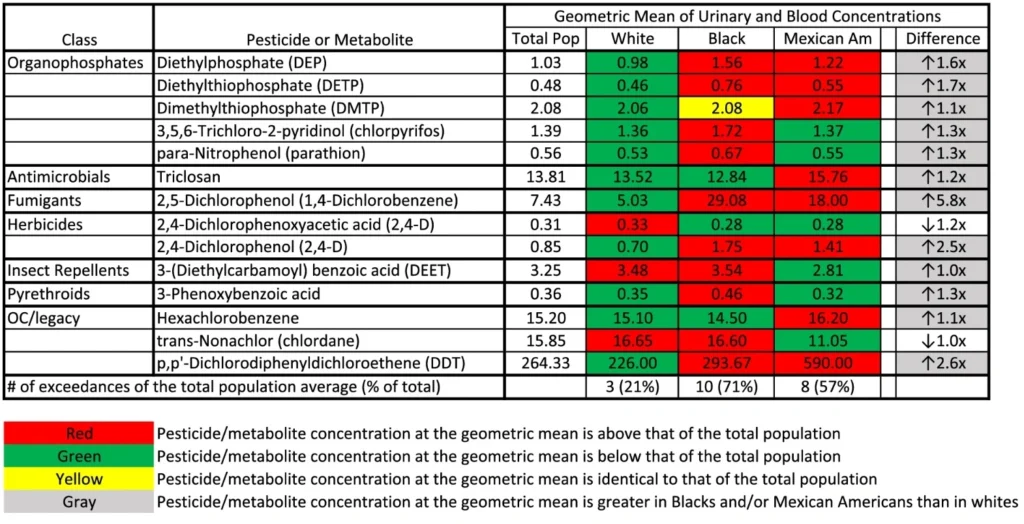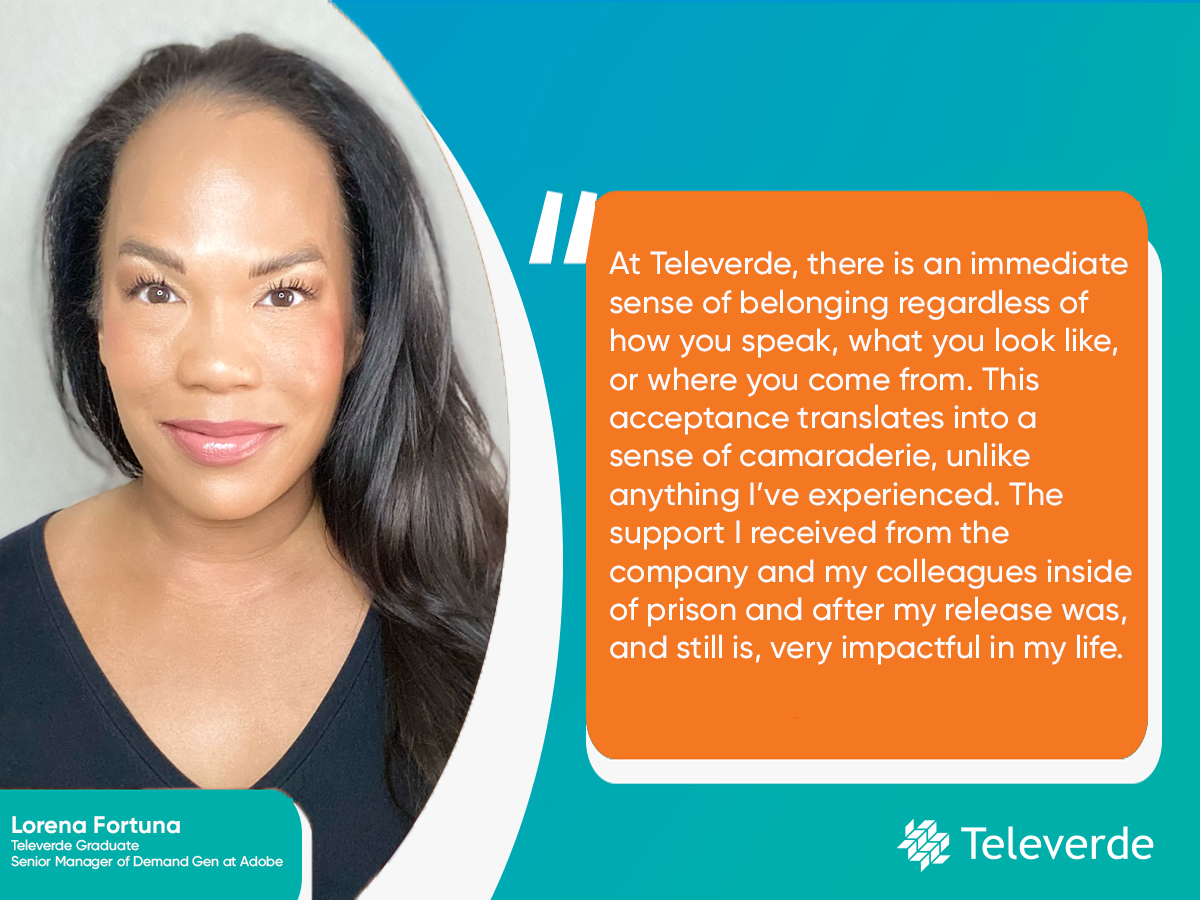What Is Environmental Racism? Don’t Be a Culprit!
Racism is any discrimination or prejudice directed at a person based on the color of their skin or membership in a particular group, particularly minority groups. Environmental racism is when an environmental policy or practice has a disproportionately high negative effect on minority communities.
All businesses should be aware of this problem. You might have a strong stance against racism but not realize you are guilty of environmental racism.
Here, we will explore what environmental racism is, how it affects minority communities, and what companies can do to make sure they aren’t participating in it.
Key Takeaways
- Environmental racism is when environmental policies negatively affect minority communities at a much higher rate than other communities.
- Minority communities that experience environmental racism have higher death rates from pollution and higher environmental temperatures.
- Businesses can fight environmental racism by working directly with the affected communities and creating positive business partnerships.
What Is Environmental Racism?
In practice, environmental racism is when companies or government agencies choose minority or low-income communities as the dumping grounds for toxic waste, garbage, and other environmental hazards.
While environmental racism might be new to you, the idea has been around for decades. The United Church of Christ initiated a Commission on Racial Justice in 1987 and completed one of the first studies on hazardous waste in communities of color.
Then, in 1991, the delegates to the First National People of Color Environmental Leadership Summit adopted 17 Principles of Environmental Justice.
Today, environmental racism is still a major issue for minority communities as the impacts of pollution affect generations of people.
What Are the Effects of Environmental Racism?
Environmental racism has some dramatic and life-altering effects on the people who live within the affected communities.
This video explores the connection between our current climate crisis and how it disproportionately affects minority populations.
1. Negative Effects on Mental Health
Research has shown that spending time in nature is good for physical and mental health. Unfortunately, if you live in an area fraught with environmental issues, spending time outdoors might be difficult or even unhealthy.
In addition to the harmful effects of pollution, not having nearby, healthy greenspace can cause someone to view their community negatively. Simply the perception of exposure to pollutants can lead to problems with mental well-being.
2. Segregated Areas Experience Higher Temperatures
Redlining was a real estate practice from the 1930s where mortgage lenders mapped out which neighborhoods were considered riskier than others. The lenders outlined each neighborhood in color, with red being the highest risk.
The risk was mostly determined by how many immigrants and African Americans lived in those communities. Banks almost always denied loans to people who wanted to purchase homes in those redlined neighborhoods. The negative impacts of redlining neighborhoods still affect these areas today, with disparities in generational home ownership, wealth, and environmental difficulties.
One 2020 study found that neighborhoods with the lowest rating (redlined) experience warmer temperatures today than higher-rated neighborhoods – some neighborhoods by as much as 13 degrees. People of color still live in these neighborhoods primarily.

Higher temperatures lead to higher energy bills and negative, sometimes dangerous, effects on health.
3. A Leading Cause of Death in Communities of Color
It is a widely accepted fact that continually breathing in pollution and experiencing higher temperatures can lead to premature death. Many minority populations live in what scientists call “urban heat islands.” These are areas that experience higher temperatures and higher levels of pollution.
For anyone living in these areas, air pollution and heat can become a leading cause of death.
4. Toxins Leaching into Bodies
One recent study shows a disproportionate impact on minority groups when it comes to the effects of pesticides. Most pesticides arise from agricultural operations, and 83% of farmworkers identify as Hispanic, leading them more vulnerable to the harsh effects of these chemicals.
The study pointed out weak protection offered to farmworkers with gaps in regulation that leave these workers exposed. In urinalysis tests, the results typically showed a much higher concentration of harmful pesticides among black and Hispanic populations than in white populations.

How Can Businesses Promote Climate Justice?
Realizing how badly environmental racism affects minority populations hopefully makes you feel like your business needs to take action. Thankfully, there are ways companies can increase their social impact and make a difference with climate justice.
Consider some of these climate justice tactics:
- Incorporate climate justice into your ESG goals: Environmental, Social, and Governance (ESG) goals are a great way for businesses to make a difference in their community and be a force for positive change.
- Identify problematic business activities: Examine your business practices, especially when disposing of waste and other materials. Are you inadvertently affecting communities of color? If so, work on solutions centered around racial equity and climate justice.
- Engage with affected communities: To create lasting change, you should work directly with the communities most affected by environmental racism. Talk with community leaders to learn what changes would be the most beneficial for the community.
- Advocate for change: If your business holds sway within your community, you can use your influence to advocate for change. This could start with your customers and extend to various government offices.
- Multiply your impact with collaboration: While you can make a difference independently, working with partners who share your resolve can create a much bigger impact. Create partnerships within your industry and beyond to promote climate justice.
Create a Positive Partnership with Televerde
As outlined above, collaborating with other businesses can help you multiple your positive impact. At Televerde, we have long focused on diversity and inclusion as a primary driving force in our business. We are built on the principle of second-chance hiring and believe everyone deserves to feel valued and have a chance to succeed.
We are a proud member of the United Nations Global Compact and the Global Impact Sourcing Coalition.
Through a partnership with your business, we can help you improve your marketing and sales strategies and offer exceptional customer service solutions.
Want to see how a partnership with Televerde can make a difference in the world and your business? Contact us for a free consultation today.


